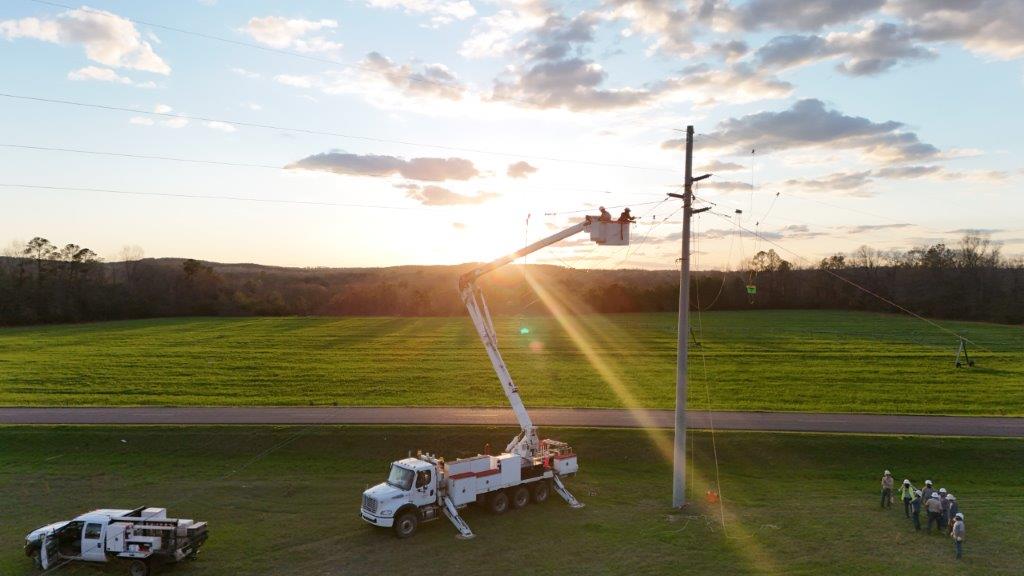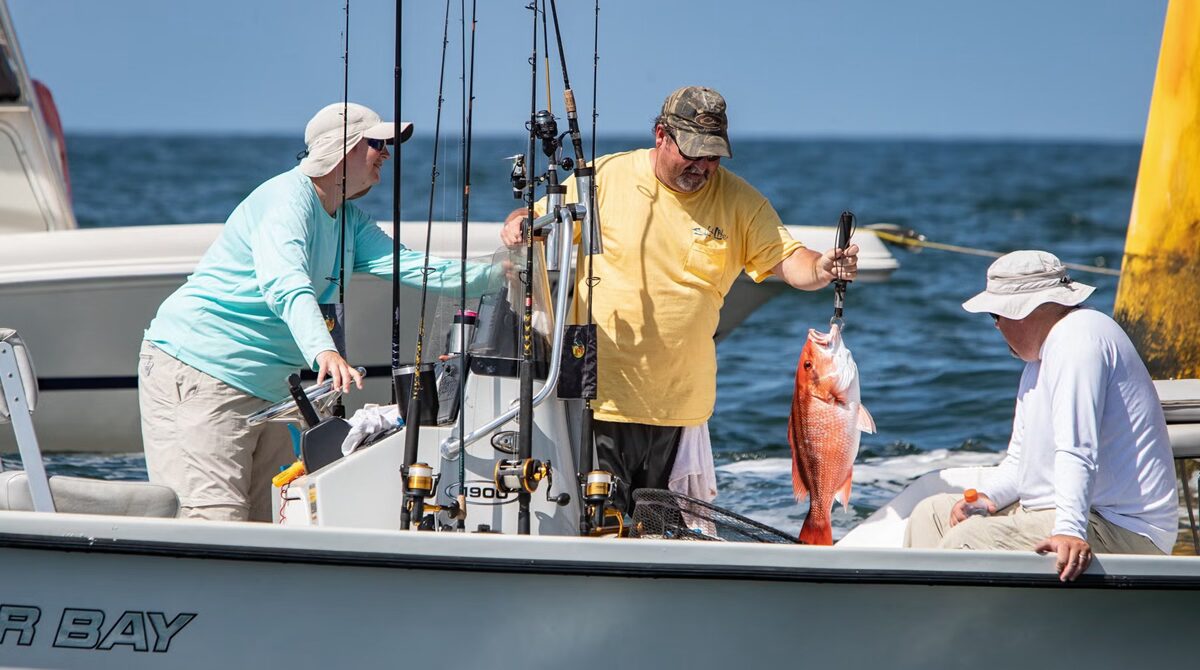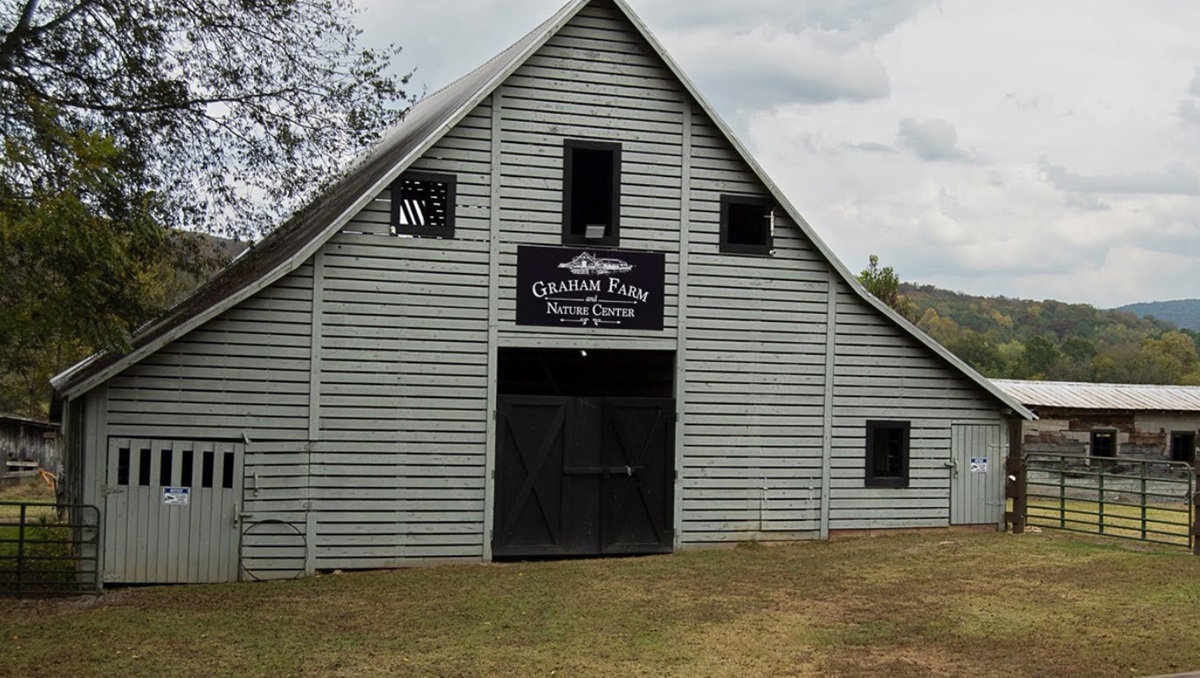Birmingham Audubon expansion in Mobile is for the birds
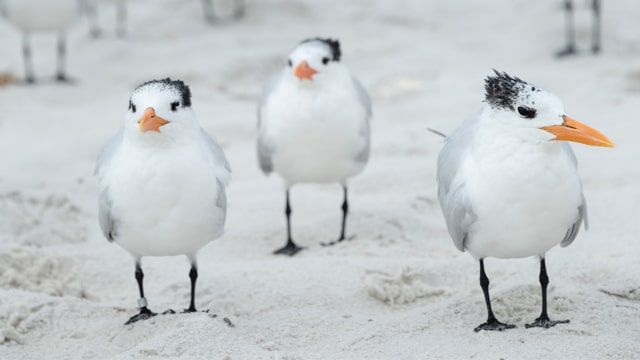
Flock of Royal Terns. (OGphoto, Getty Images)
The Birmingham Audubon spread its wings recently and opened a second office in Mobile, to increase support for Alabama’s coastal bird populations through a program called the Alabama Coastal Bird Stewardship Program (ALCBSP).
The program was proposed in 2014 by Birmingham Audubon Executive Director Suzanne Langley, with the critical input of similar Audubon programs in the Gulf, coastal Alabama academics and scientists, state and federal professionals, and Birmingham Audubon board members.
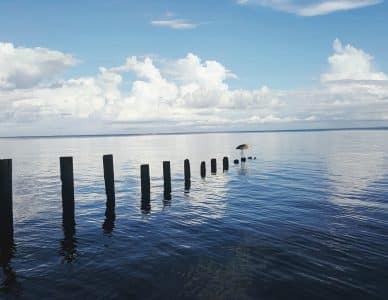
Grey Heron perching on wooden post in Mobile Bay. (Liv Helton/Eye Em, Getty Images)
“The ALCBSP is a combination of two programs – the Audubon Coastal Bird Survey and Beach Nesting Bird Stewardship,” said Mozart Dedeaux, the new Coastal Programs coordinator. “The objective for both areas is to help our coastal bird populations by monitoring, collecting data and stewarding bird colonies along Alabama’s dynamic coastlines and island habitats.”
“The proposal was selected by the Alabama Gulf Coast Recovery Council and approved by the National Fish and Wildlife Foundation for funding to address the impact of the (2010) oil spill on species that rely on the Alabama shoreline for food, shelter and a location to breed,” Langley said. “We worked with the Alabama Department of Conservation and Natural Resources to staff and open the office in Mobile.”
Since Birmingham Audubon is the state’s only staffed Audubon chapter, the program is a natural fit for the outreach and science-based organization.
“Birmingham Audubon has been a conservation leader for many years and has continuously developed impactful relationships with other environmental organizations across the state of Alabama,” Dedeaux said. “The coastal programs office is new, but in a sense, it has been established on partnerships that were created years ago.”
“We both contribute our strengths to the work that’s now based out of Mobile – Birmingham Audubon staffing the daily operations and Mobile Bay Audubon providing the local bird experts for monitoring and teaching other volunteers how to identify the focal species,” Langley said.
Alabama Coastal Bird Stewardship Program
One of the primary projects for the new three-person staff will be to manage the fall, winter and spring Audubon Coastal Bird Surveys, previously led by Audubon’s Gulf Director of Bird Conservation Erik Johnson and expert volunteer birders, many of whom belong to the Mobile Bay Audubon Society.
The National Audubon Society started the surveys in 2010 to monitor and support target species harmed by the Deepwater Horizon oil spill. Birmingham Audubon has been involved with the surveys since 2015, and the new Mobile office will provide consistent support for survey data collection into the future.

The surveys focus on shore and water birds in specific locations throughout lower Alabama. “We concentrate our monitoring efforts on priority species that could have been impacted by the oil spill or species that require specific coastal habitats,” Dedeaux said. “Our work is critical to help establish how conservation projects and programs could be implemented along the Alabama coastline in the future.”
During the recent fall survey, “within one week of our science staff beginning reporting, all 12 species targets in ALCBSP were found along the Alabama coast” Langley said.
For those that live along the Gulf Coast and want to get involved, the Coastal Programs office “welcomes new volunteers who want to identify the birds through fall, winter and spring surveys near their homes and communities,” Langley said. “Volunteers contribute monitoring data … and are great partners because they live and work where the birds are.”
RELATED: This part of Alabama’s Dauphin Island is for the birds
In addition to surveying, the team also supports birds that nest on the Gulf Coast beaches. “Beach nesting birds nest during peak recreational beach season,” Dedeaux said. “So it is important for us to enlighten beachgoers to the presence of these birds.”
“For example, when least terns or black skimmers are sitting on eggs or protecting their chicks, they can easily be disturbed and fly away,” he said. “This leaves the unprotected eggs and chicks in danger of overheating, or increases the chance of predation from other birds and mammals.”

To help the public learn about beach nesting birds, the coastal program staff and volunteers set up “stations” outside symbolically roped off nesting areas. At these “stations,” beach visitors can view the eggs, chicks and adult birds through scopes and binoculars at a safe distance. In addition, “volunteers will offer natural history information about the species, so beachgoers can learn more about the birds,” Dedeaux said. “We hope that this direct outreach can lead to increased awareness and possibly instill a conservation ethic in people, whether they are local or are visiting our beautiful beach habitat.”
Public support
“One of the best things locals can do, besides volunteering with us, is to be conscious of the birds and their behavior as you visit the beach,” Dedeaux said.
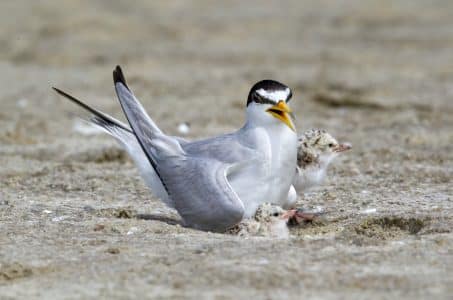
The Least Tern (Sterna antillarum) near the nest, Galveston, Texas, USA. (Ivkuzmin, Getty Images)
“For example, if you are walking along the shoreline and you are suddenly divebombed by least terns, then it is safe to assume that the birds have eggs or chicks nearby. … Or if you should happen to spot eggs, or see large numbers of birds sitting in the sand, then walking around the location or even turning around would be best.”
Also, locals and visitors should not allow dogs to roam on the beach. “A single dog can really impact the success of a colony, especially at a time when chicks cannot fly yet,” Dedeaux said. “We want everyone to remember that the beach nesting bird season is short and that we can all share our beautiful Alabama coastline.”
In addition, “when at the beach next spring and summer, residents and visitors can help spread the word that areas where they see signs and ropes are temporarily protected while the birds are nesting,” Langley said.
If you are on the beach and spot a nesting site, call a member of the coastal programs team. It is important for Birmingham Audubon biologists and volunteers to identify the sites so that they can be protected.
Coastal Programs staff: Katie Barnes, coastal senior biologist; Emma Rhodes, biological technician, Mozart Dedeaux – Coastal Programs coordinator at: 1-251-410-8600
Volunteer training
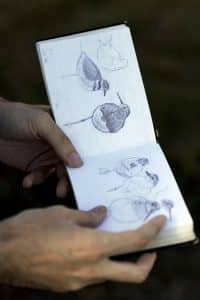
Bird counter Rafael Antonio Galvez shows his bird sketch book while he participates in the Audubon Christmas Bird Count December 20, 2006 in the Florida Everglades National Park. (Photo by Joe Raedle/Getty Images)
If you live in the Gulf Coast region, the coastal program office will be hosting volunteer training workshops as part of the winter Alabama Coastal Bird Survey.
Sessions will include training on how to conduct the survey, proper data collection, winter shorebird identification and an overview of the program. To volunteer, call or email Mozart Dedeaux, Coastal Programs coordinator (mozartdedeaux@birminghamaudubon.org) at 251-410-8600, or call or email Chris Sykes, Membership & Volunteer manager (chrissykes@birminghamaudubon.org) at 205-719-3678.
Two sessions are planned at the following locations and times. Please RSVP if you are interested in attending.
Dec. 12 – Gulf State Park Nature Center, 2 p.m.
Dec. 14 – Dauphin Island Sea Lab, 2 p.m.
National Audubon Society event
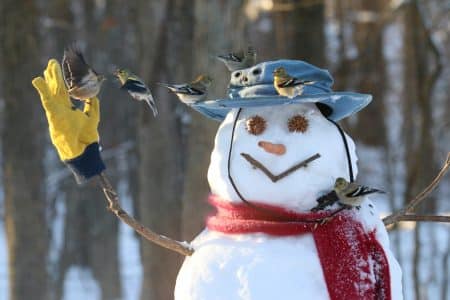
This snowman was built by two little boys, 4 and 7 years old, using their grandfather’s hat and gloves, and their mother’s cashmere scarf! They sprinkled seed around it, and were rewarded with a bounty of Gold Finches. (Outside4Life, Getty Images)
This year, the National Audubon Society will host the 118th Christmas Bird Count (CBC). The CBC is an early-winter bird census, where thousands of volunteers across the U.S., Canada, and many countries in the Western Hemisphere go out over a 24-hour period on one calendar day to count birds. All counts will be held between the dates of Thursday, Dec. 14, 2017 through Friday, Jan. 5, 2018.
If you’re interested in participating this season, check out the map to find a count near you; more circles will be added as they are approved for the 118th CBC and beyond. Green and yellow circles are open for new participants, and red circles are full.
Please note online registration will not be available for the 118th Count. Please contact compilers by email using the information from the pop-ups on the map.
For more information and to find the CBC near you, visit: http://www.audubon.org/join-christmas-bird-count
Birmingham Audubon will lead their 82nd Christmas Bird Count on Dec. 23. To register for the event, visit: https://birminghamaudubon.org/event/2017-12-23/








